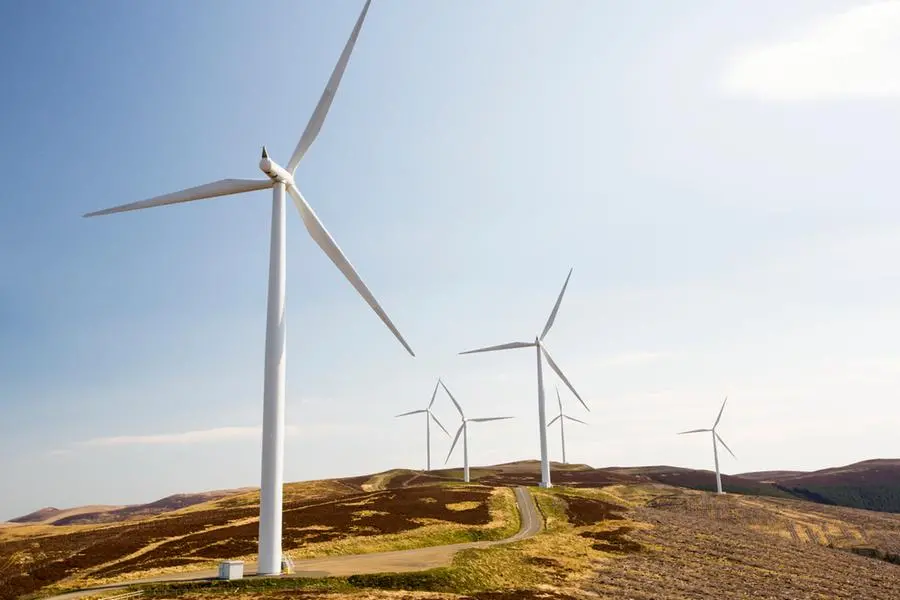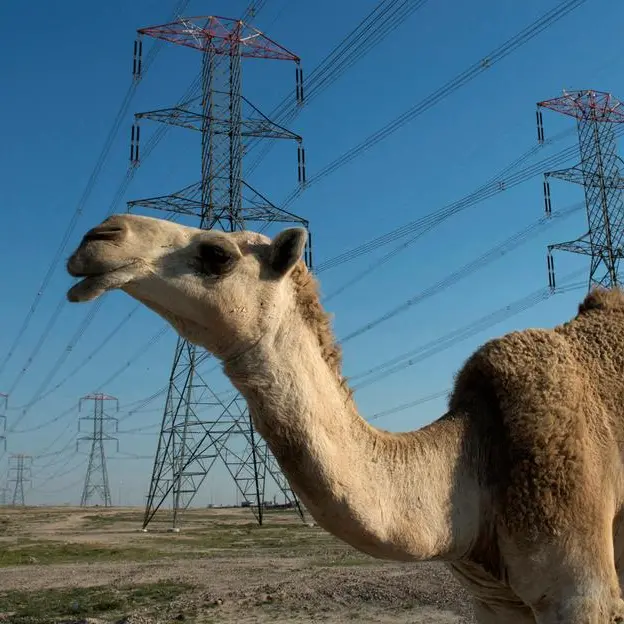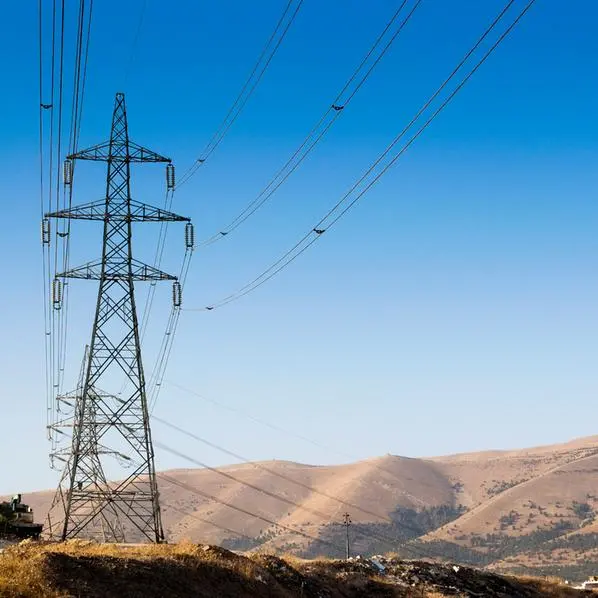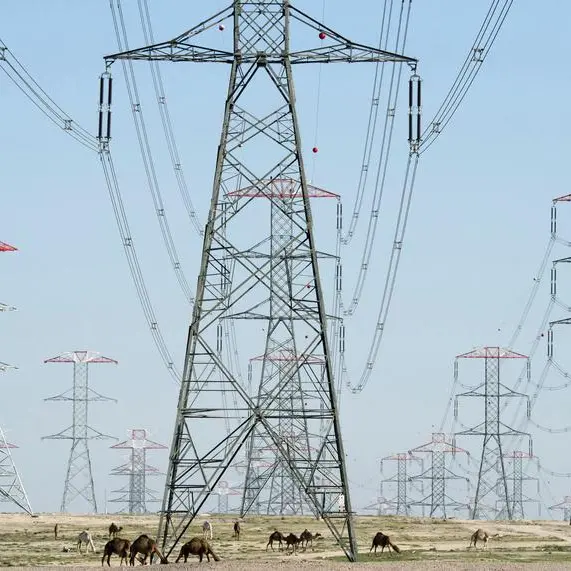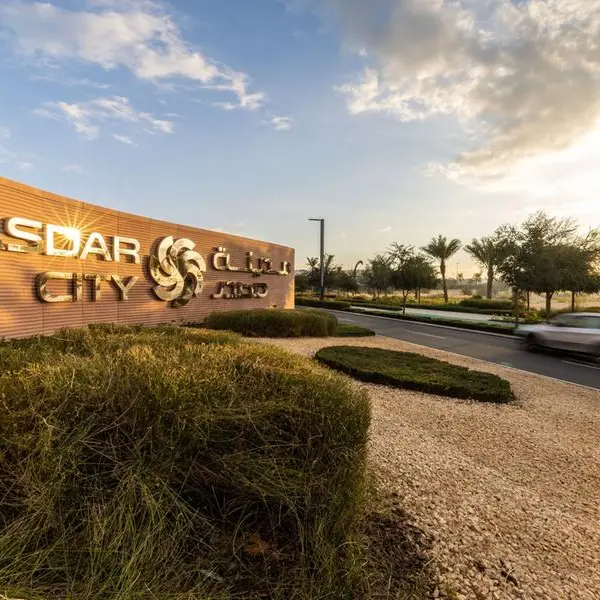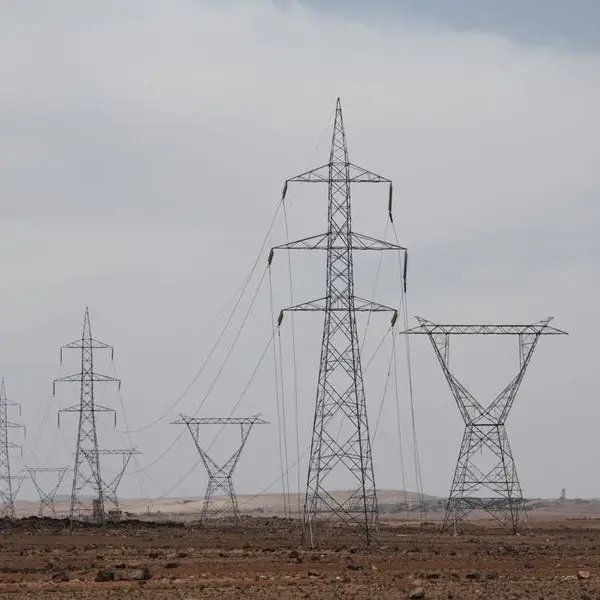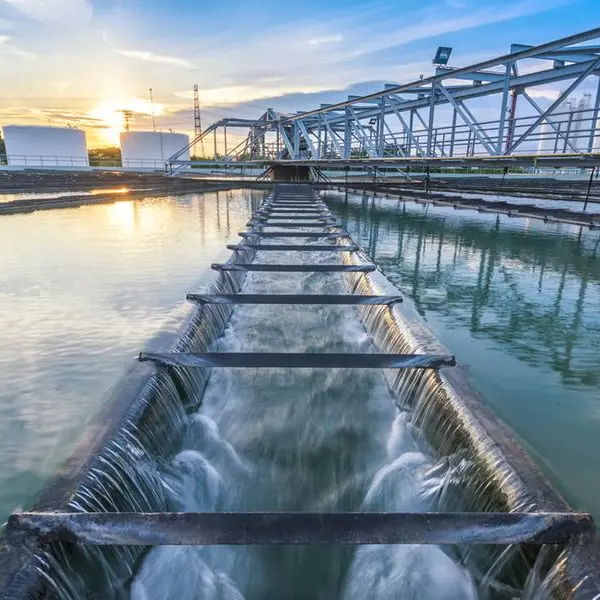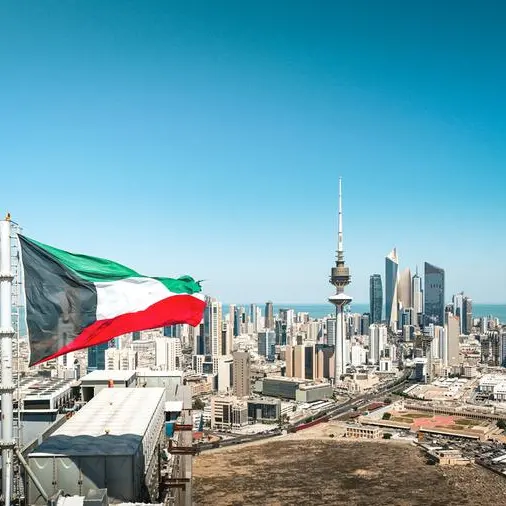PHOTO
The Japan Bank for International Cooperation (JBIC) has signed a loan agreement amounting to approximately $240 million with Egypt's Red Sea Wind Energy, which is developing a 500 megawatt (MW) onshore wind farm in Ras Ghareb in the Gulf of Suez, 200 km southeast of Cairo.
JBIC said the loan is co-financed with the European Bank for Reconstruction and Development (EBRD), Sumitomo Mitsui Banking Corporation, the Norinchukin Bank, and Société Générale S.A., bringing the total co-financing amount to approximately $501 million.
Nippon Export and Investment Insurance (NEXI) will provide the insurance for the loan by private financial institutions.
Red Sea will sell the electricity generated by the wind farm to the Egyptian Electricity Transmission Company (EETC) for 25 years, the JBIC statement said.
The same consortium had previously been awarded Egypt's first-ever wind power independent power producer (IPP) scheme [Gulf of Suez 1 – Ras Ghareb Wind Farm] with a capacity of 262.5 MW in Ras Ghareb, which was completed and operationalised in October 2019.
JBIC had provided a project finance loan of approximately $192 million to the project company, Ras Ghareb Wind Energy, according to a December 2017 press statement by the financial institution. The loan was co-financed by Sumitomo Mitsui Banking Corporation and Société Générale, bringing the total co-financing amount to approximately $320 million.
The Government of Egypt aims to increase renewable energy in the energy mix to 35 percent by 2030, as stated in Egypt's Vision 2030 document released in 2015, and 42 percent by 2035, as articulated in the Integrated Sustainable Energy Strategy to 2035 adopted in 2016 to reduce its dependence on thermal power.
Furthermore, in June 2022, the Government released its Nationally Determined Contribution of a 30 percent reduction in GHG emissions by 2030 through multiple initiatives, including promoting renewable energy.
The Red Sea Wind Energy project falls under the energy pillar of the Nexus of Water-Food-Energy (NWFE) program, an initiative the Government of Egypt presented at COP27 in November 2022.
(Writing by Anoop Menon; Editing by Bhaskar Raj)
